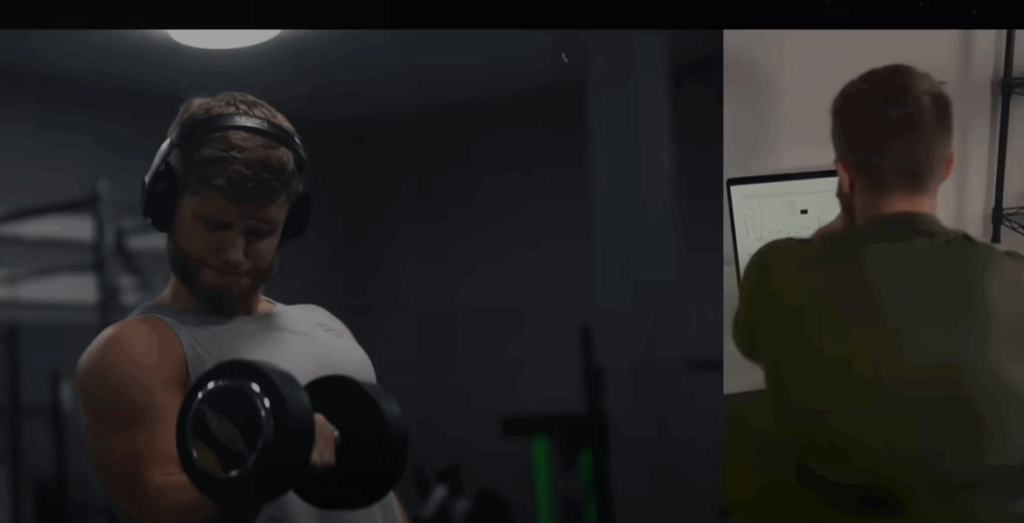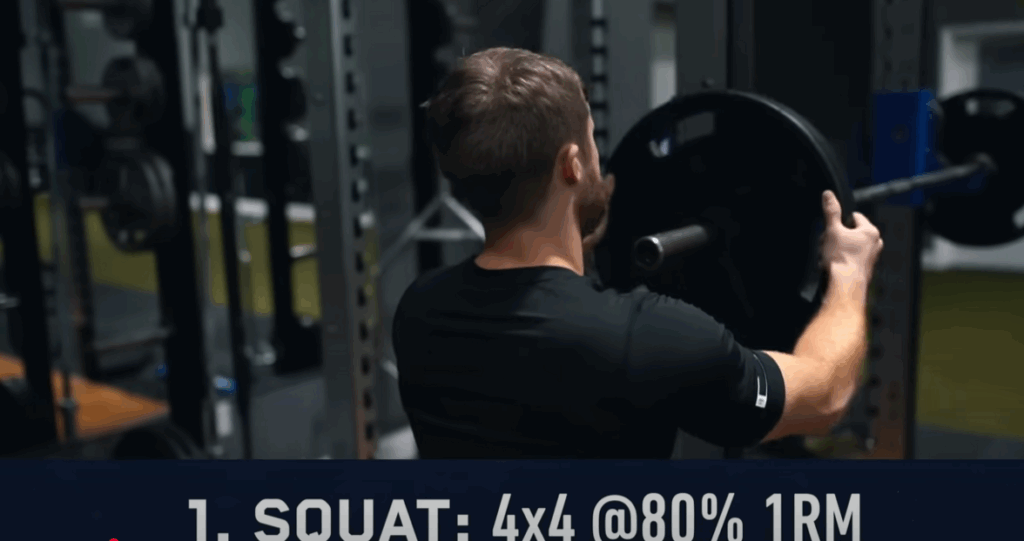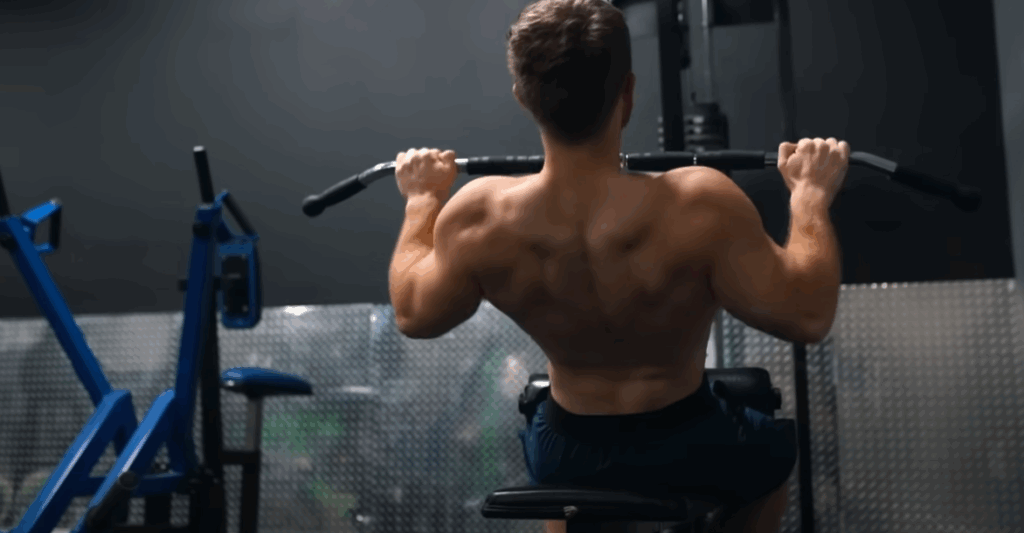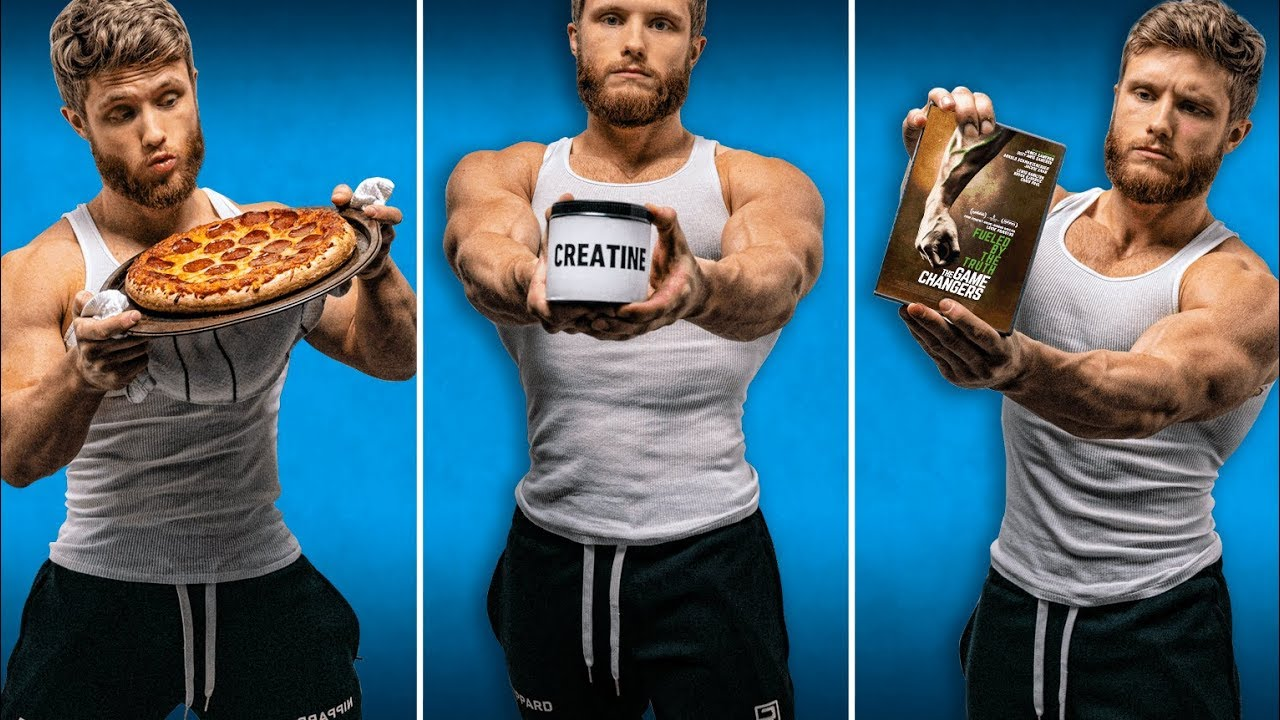Full-Body Training Reimagined: A Science-Based Leg-Focused Workout for High-Frequency Training
If you’re exploring high-frequency full-body training and wondering how to intelligently organize your workouts for optimal recovery and progress, you’re in the right place. This article breaks down a sample full-body training session that places extra emphasis on the legs while maintaining stimulus across the entire body. This method isn’t about overloading every muscle group daily—it’s about smart distribution of volume, recovery management, and maximizing effective reps throughout the week.
Here’s a deep dive into a leg-priority workout as part of a five-day full-body training split, suitable for intermediate to advanced lifters aiming for hypertrophy and strength.

Warming Up: Prepping for Performance
Before diving into the heavy sets, it’s essential to prime the body. A solid warm-up not only enhances performance but also reduces injury risk. Start with 5–10 minutes on a low-impact cardio machine like the elliptical or stair climber to raise your core temperature. Then perform 3–4 minutes of dynamic mobility drills—think leg swings, walking lunges, and bodyweight squats. Finish with foam rolling to release tight areas, especially in the hips, quads, and calves.
Exercise 1: Barbell Squat – 4 Sets of 4 Reps (80% 1RM)
The squat is the cornerstone of lower body development, hitting the quads, glutes, and spinal erectors hard. In this setup, you’re working at 80% of your one-rep max. The goal isn’t to go to failure—leave 2–3 reps in reserve to protect your recovery capacity for the rest of the week.
Technique tip: Once unracked, screw your feet into the ground to create torque at the hips. Breathe deep into your diaphragm and maintain full-body tension. Focus on consistent depth—aim for parallel at minimum. While deeper squats can activate more glute muscle, studies suggest parallel squats are just as effective for hypertrophy when load is matched.
Use an undulating weekly structure: alternate heavier low-rep weeks (like 4×4) with lighter moderate-rep weeks (like 3×6) to keep recovery and progression in check.
Exercise 2: Incline Dumbbell Press – 3 Sets of 8 Reps
Rather than heading straight into another leg movement, switch to upper body pushing to allow the legs to recover. The incline dumbbell press targets the upper chest, front delts, and triceps. EMG studies show that using an incline activates the upper chest and shoulders more than flat pressing, especially with a wider grip.
Execution tip: Press with a controlled arc—down and forward, then up and back—bringing the dumbbells toward the face at the top. This movement pattern emphasizes shoulder flexion, targeting the clavicular (upper) pecs.
By incorporating this upper body movement here, you create a mini-rest period for the legs while still maintaining productive training volume.
Exercise 3: Lying Leg Curl – 3 Sets of 10 Reps
The hamstrings are often under-stimulated in squats due to opposing joint actions (they lengthen at the knee while shortening at the hip). That’s why direct knee flexion work like leg curls is critical for full hamstring development—especially the short head of the biceps femoris, which doesn’t assist in hip extension.
Since Romanian deadlifts (which emphasize hip extension) are programmed on the following day, you want to avoid hamstring DOMS. Lying leg curls are less eccentrically demanding than RDLs or glute-ham raises, making them a smart choice here to avoid excessive fatigue.

Exercise 4: Lat Pulldown – 3 Sets of 10 Reps
In a full-body program, not every pulling movement needs to be maximal. While weighted pull-ups are fantastic, they can be too taxing when paired with heavy squats and presses. Lat pulldowns offer a more manageable way to train the vertical pulling pattern without overloading the system.
Programming tip: To avoid overdoing back volume during the week, alternate vertical and horizontal pulls across the five days—lat pulldown today, dumbbell row tomorrow, for example.
Exercise 5: EZ Bar Bicep Curl – 3 Sets (12-12 Drop Set)
Biceps don’t take nearly as long to recover as larger muscle groups, making them great candidates for higher-intensity techniques like drop sets. Here, you’ll perform 12 reps, drop the weight, and perform another 12 reps immediately.
Form tip: Instead of curling straight up, think about moving the bar in an arc. Cue supination by driving your pinkies toward the ceiling during the lift. This targets the biceps more directly and reduces compensatory movement from the shoulders.
This is the only exercise in this session taken to failure, ensuring fatigue stays localized and manageable.
Exercise 6: Hanging Leg Raise – 3 Sets of 15 Reps
Direct ab training is often neglected under the assumption that compound lifts provide enough stimulus. But EMG studies show the squat and deadlift barely activate the rectus abdominis or obliques. That’s why incorporating dedicated core work is vital for balanced development.
The hanging leg raise emphasizes hip flexion and lower ab engagement, providing a different stimulus than crunches or cable flexions. As a bonus, it also improves grip and scapular control.
Optional: Superset Strategy
If you’re short on time, pair up exercises into supersets. For example, alternate sets of squats with incline presses, and leg curls with pulldowns. This structure reduces downtime while keeping total training volume intact. However, for those with more time to spare, performing each movement separately allows for better focus and intensity.

Why This Structure Works
The strength of this routine lies in its intelligent sequencing. Rather than smashing every muscle every day, it prioritizes one area (legs in this case) while maintaining stimulus elsewhere at lower volumes. This structure allows for:
- Improved recovery: By spreading volume throughout the week, no single session becomes overwhelming.
- Better execution: Hitting just one movement per muscle group makes it easier to focus on form and effort.
- Flexibility: Miss a set or shorten a workout? Just shift the volume to the next day without derailing your plan.
Who Is This For?
This training model is ideal for intermediate to advanced trainees who understand basic programming principles. If you’re newer to lifting (under two years of consistent experience), you’ll benefit more from a three-day full-body program with reduced volume and frequency. Once your work capacity and recovery improve, you can scale into higher-frequency plans like this one.
Final Thoughts
High-frequency full-body training isn’t about cramming as many exercises as possible into a single workout. It’s about balancing intensity, spreading volume, and staying consistent. This leg-focused session kicks off the week with a solid foundation while leaving you fresh enough to train hard again tomorrow.
If you’re looking for a change from traditional splits and want to push your progress to the next level, this structure might just be what you need. Stay tuned for more body-part-focused full-body sessions in the upcoming series, and remember: training smart beats training hard—every time.



